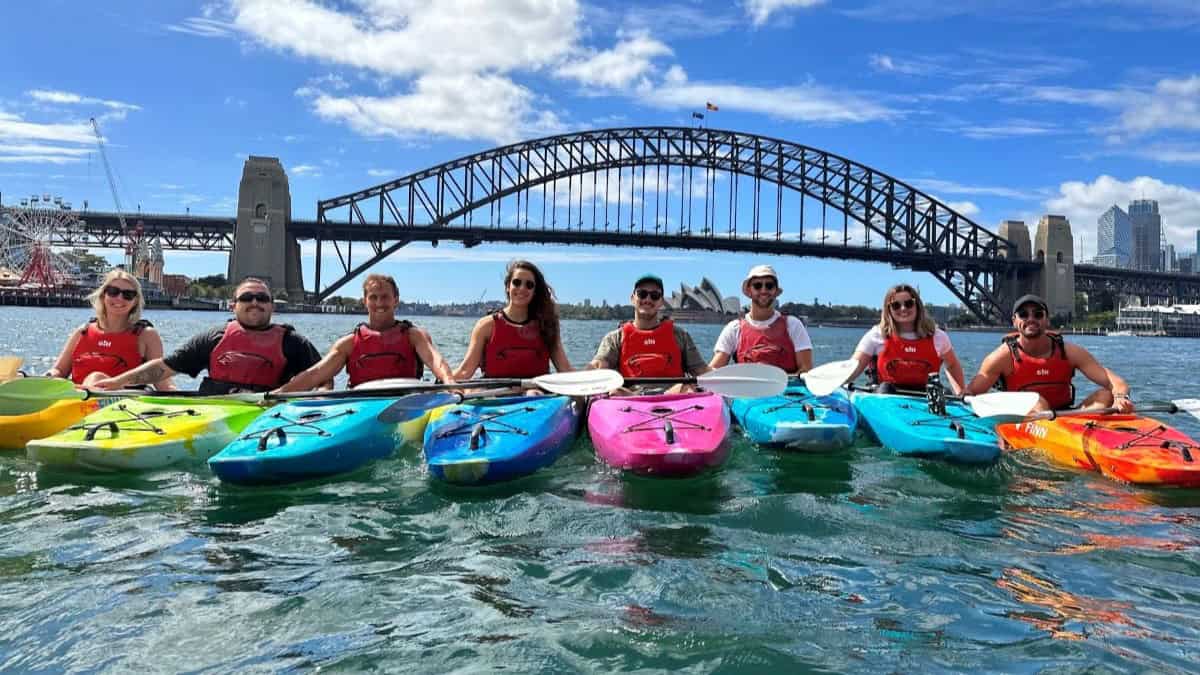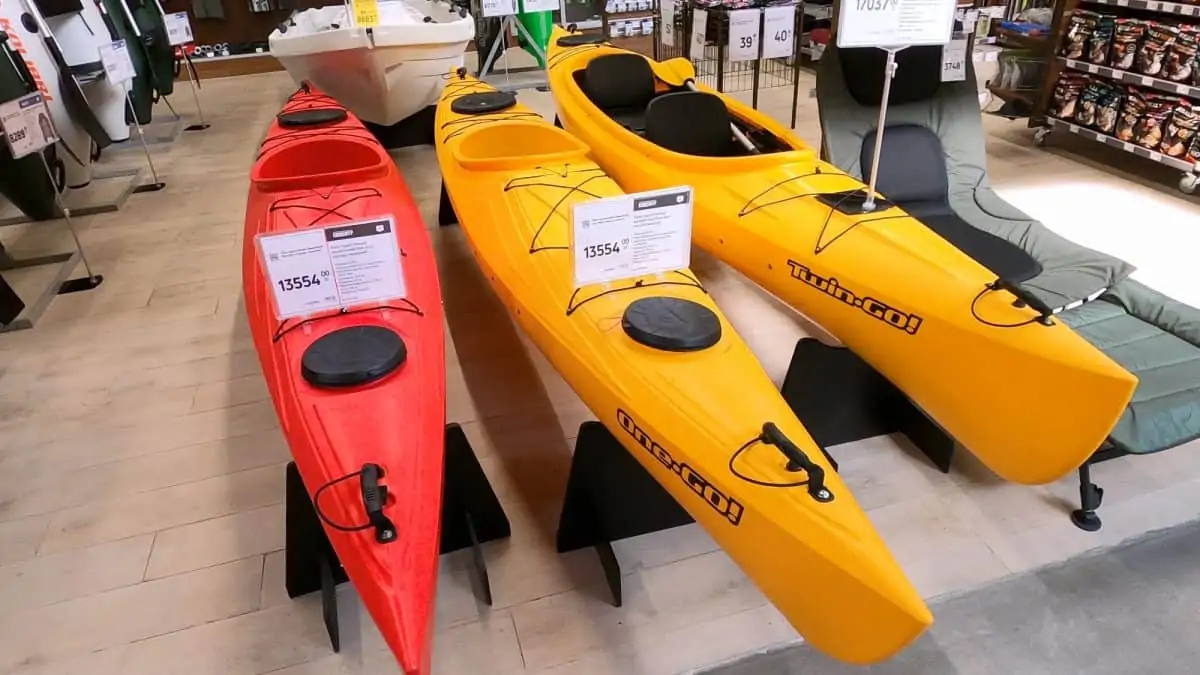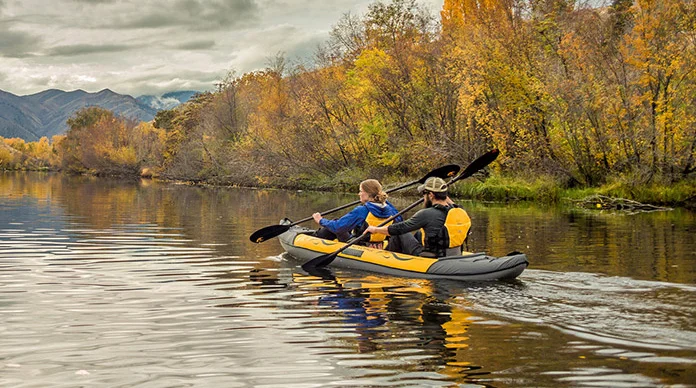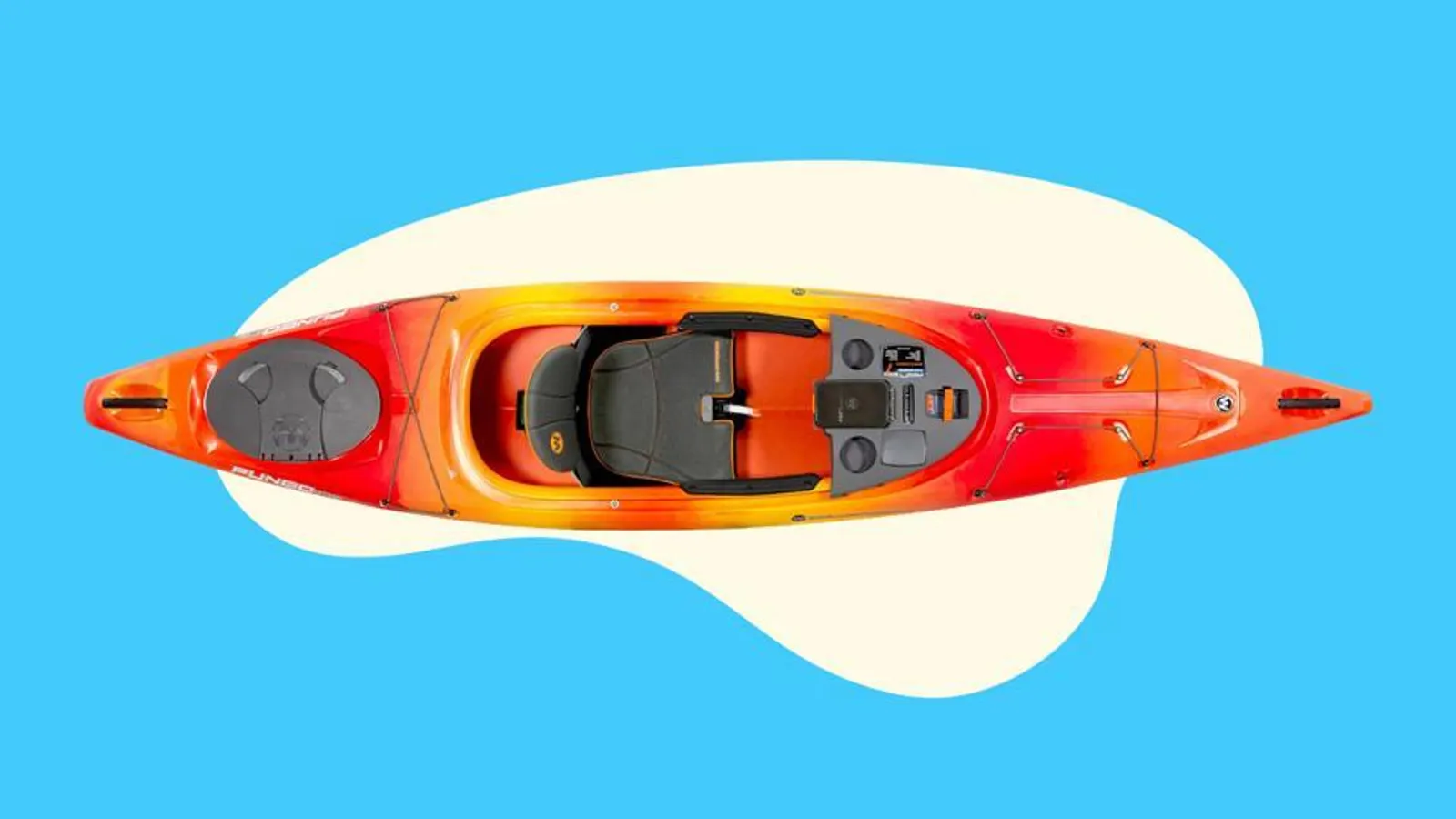How much does kayaking cost? Kayaking has become an increasingly popular outdoor activity in recent years. The serene beauty of gliding across the water, the thrill of navigating through rapids, and the opportunity to explore hidden coves and remote islands have captured the hearts of many adventure enthusiasts.
However, there is a common misconception that kayaking is an expensive hobby reserved for those with deep pockets. In reality, understanding the costs involved in kayaking is crucial for anyone considering taking up this exhilarating sport.
Key Takeaways
- Kayaking can be expensive, but it doesn’t have to be.
- The initial investment in a kayak and gear can range from a few hundred to several thousand dollars.
- Additional gear and accessories can add up quickly, but some items are essential while others are optional.
- Transportation costs, launch fees, and permits can vary depending on location and access to public waterways.
- Cost-saving tips include buying used gear, renting equipment, and taking advantage of free or low-cost guided tours and lessons.
The Initial Investment: Buying a Kayak and Gear
One of the first expenses you’ll encounter when getting into kayaking is purchasing your own kayak and gear. The cost of buying a kayak can vary greatly depending on factors such as brand, material, size, and features. While some entry-level recreational kayaks can be found for around $300-$500, high-end performance models can cost upwards of $2000 or more.
In addition to a kayak, there are essential gear and equipment items that you’ll need to invest in before hitting the water. These include a paddle, personal flotation device (PFD), spray skirt (for sit-in kayaks), dry bags or waterproof cases for storing your belongings, and appropriate clothing for different weather conditions.
Additional Gear and Accessories: What You Need and What You Don’t
Once you have your basic gear sorted out, it’s tempting to start splurging on all sorts of additional gear and accessories marketed towards kayakers. While some optional items may enhance your experience on the water or provide added convenience, it’s important to prioritize necessary gear over optional ones.
For example, investing in safety equipment such as a bilge pump or towline should take precedence over non-essential items like fancy fishing rod holders or GPS devices. It’s easy to get caught up in buying every gadget available but remember that these extras can quickly add up in cost.
Transportation Costs: Getting Your Kayak to the Water
| Transportation Method | Cost | Pros | Cons |
|---|---|---|---|
| Roof Rack | Varies by brand and type, typically 100-500 | Secure and stable, can carry multiple kayaks | Requires installation, can affect gas mileage, may not fit all vehicles |
| Trailer | Varies by size and type, typically 500-2000 | Can carry multiple kayaks, easy to load and unload | Requires storage space, may require registration and insurance, can be expensive |
| Truck Bed | Free if you already own a truck | Easy to load and unload, can carry multiple kayaks | May require tie-downs or additional equipment, can affect gas mileage, may not fit all kayaks |
| Public Transportation | Varies by location and distance, typically 2-10 | Environmentally friendly, no need for personal vehicle | May not be available in all areas, limited space for kayaks, may require additional walking or transportation |
Transporting your kayak from your home to the water can be another expense to consider. Depending on the size and weight of your kayak, you may need a roof rack or trailer for your vehicle. Roof racks can range from $100-$500, while trailers can cost anywhere from $500-$2000 or more.
If you don’t have access to a vehicle with roof racks or a trailer, there are alternative transportation options such as renting a truck or using kayak-specific transportation services. These options come with their own costs, so it’s important to factor them into your budget.
Launch Fees and Permits: Accessing Public Waterways
Accessing public waterways often comes with launch fees and permits that vary depending on location and regulations. Some areas require daily or annual permits for kayakers, while others charge launch fees per use.
Researching the specific requirements of the areas you plan to paddle in is essential for avoiding unexpected costs. Additionally, some locations offer discounted rates for residents or frequent users, so it’s worth exploring these options if you plan on kayaking regularly.
Safety Equipment: Protecting Yourself on the Water
When it comes to kayaking, safety should always be a top priority. Investing in essential safety equipment is crucial for protecting yourself on the water and ensuring an enjoyable experience.
A high-quality PFD is an absolute must-have item that should never be compromised on quality or fit. Prices for PFDs can range from $50-$200 depending on features such as buoyancy rating and comfort level.
Other safety equipment such as a whistle, signaling devices (such as flares), and navigation tools (such as compasses) are also important investments that shouldn’t be overlooked when considering costs.
Maintenance and Repair Costs: Keeping Your Kayak in Good Condition
Like any piece of equipment, kayaks require regular maintenance to keep them in good condition and prolong their lifespan. Maintenance costs can include cleaning supplies, lubricants for moving parts, and replacement parts for wear and tear.
While some maintenance tasks can be done at home with minimal cost, there may be instances where professional repairs are necessary. It’s important to budget for these potential expenses to ensure your kayak remains in optimal condition.
Storage Costs: Where to Keep Your Kayak When You’re Not Using It
Finding a suitable storage solution for your kayak when you’re not using it is another factor that should be considered when calculating the overall cost of kayaking. Depending on your living situation, you may need to invest in a storage rack or rent space at a local marina or storage facility.
Storage racks can range from $50-$200 depending on size and material, while rental fees vary depending on location and availability. If you have limited space at home, it’s worth exploring affordable storage options nearby.
Guided Tours and Lessons: Learning from the Experts
For beginners or those looking to improve their skills, guided tours and lessons offer valuable opportunities to learn from experienced instructors while exploring new waters. However, these services come with their own costs that should be factored into your budget.
Guided tours can range from $50-$200 per person depending on duration and location, while lessons typically start around $100 per session. While these expenses may seem steep initially, the knowledge gained from experts can greatly enhance your kayaking experience in the long run.
Cost-Saving Tips: How to Enjoy Kayaking on a Budget
Despite the various costs associated with kayaking, there are several ways to enjoy this thrilling activity without breaking the bank:
1) Buy used gear: Consider purchasing used kayaks or gear from reputable sources such as online marketplaces or local kayak clubs.
2) Rent equipment: If you’re just starting out or don’t kayak frequently, renting equipment can be a cost-effective option.
3) Look for discounts and sales: Keep an eye out for seasonal sales or discounts offered by kayak retailers or outdoor stores.
4) Share transportation costs: If you have kayaking buddies, carpooling can help reduce transportation expenses.
5) Utilize free launch sites: Research local waterways that offer free access points to save on launch fees.
Is Kayaking Worth the Cost?
In conclusion, while kayaking does come with its fair share of expenses, the benefits it offers make it well worth the investment. The physical and mental health benefits of being out on the water, exploring nature, and challenging oneself cannot be understated.
By understanding the costs involved in kayaking and making informed decisions about where to allocate your budget, you can enjoy this exhilarating sport without breaking the bank. Whether you choose to invest in top-of-the-line gear or opt for more budget-friendly options, finding a balance between cost and enjoyment is key to making kayaking a sustainable hobby for years to come. So go ahead, grab your paddle and embark on your next adventure!
FAQs
What is kayaking?
Kayaking is a water sport that involves paddling a small boat called a kayak through water. It can be done in various types of water bodies such as rivers, lakes, and oceans.
Is kayaking an expensive sport?
Kayaking can be an expensive sport depending on various factors such as the type of kayak, accessories, and location. However, it is possible to find affordable options for kayaking.
What are the costs associated with kayaking?
The costs associated with kayaking include the cost of the kayak, paddles, life jackets, spray skirts, dry bags, and other accessories. Additionally, there may be costs associated with transportation, storage, and maintenance of the kayak.
What is the cost of a kayak?
The cost of a kayak can vary depending on the type of kayak, brand, and features. A basic recreational kayak can cost around $300, while a high-end touring kayak can cost upwards of $2,000.
What are the costs associated with kayaking lessons?
Kayaking lessons can range from $50 to $200 per session depending on the location and instructor. Some kayaking schools offer package deals for multiple lessons.
What are the costs associated with kayaking rentals?
Kayaking rentals can range from $20 to $100 per day depending on the location and type of kayak. Some rental companies offer discounts for multiple days or group rentals.
What are the costs associated with kayaking gear?
Kayaking gear such as paddles, life jackets, spray skirts, and dry bags can range from $50 to $200 each depending on the brand and quality. It is important to invest in high-quality gear for safety and comfort while kayaking.
What are some ways to save money on kayaking?
Some ways to save money on kayaking include buying used kayaks and gear, renting instead of buying, and taking advantage of package deals for lessons or rentals. Additionally, kayaking in local water bodies can save on transportation costs.






